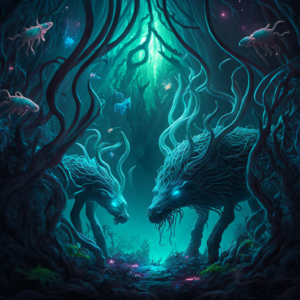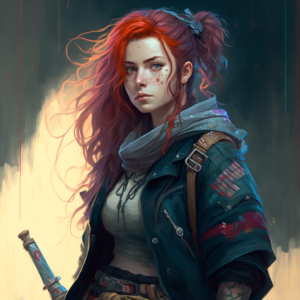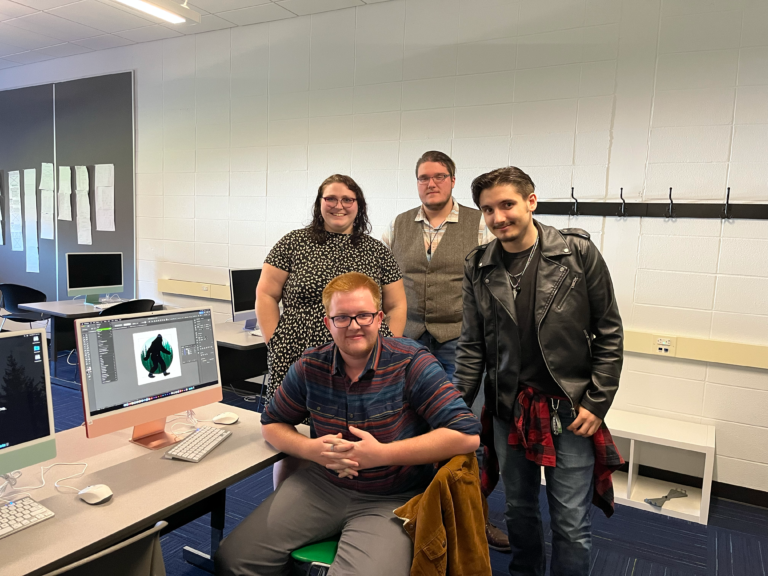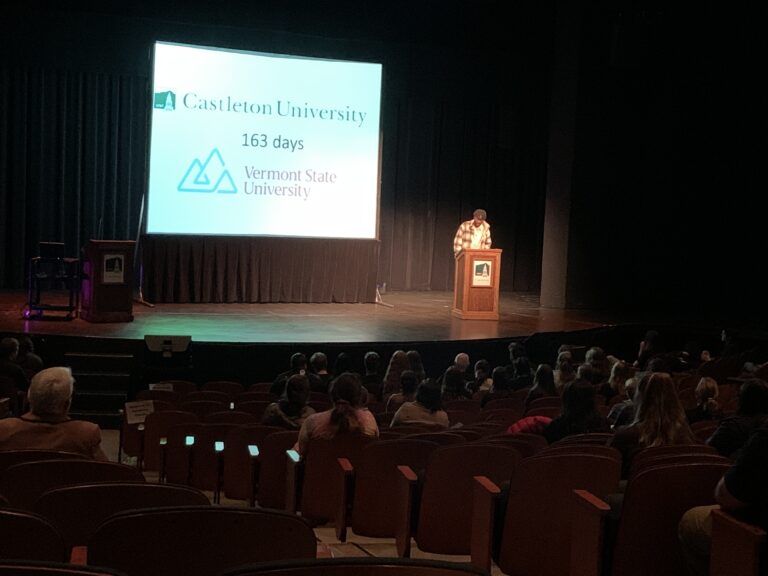Humanity Lost? The emergence of artificial intelligence in art and education

Picture this: An elephant skydiving into a volcano while wearing a clown suit.
While the image might seem absurd, it’s now possible to create it in seconds with the help of artificial intelligence art generators.
It’s making big waves in the art world, with lawsuits now being filed targeting AI art generators for using the images of artists or companies to create pieces of art without their permission.
And its creations are winning competitions, stealing first place prizes from artists.
This problem with AI isn’t limited to art, however, as it’s encroaching on all aspects of the digital world. Professors at Castleton University are now concerned about an AI writing program, called ChatGPT, and its ability to do homework for students. An urgent email was sent out last week about the dangers of this new software.
The age of artificial intelligence has officially begun but just how powerful are these new tools?
“Ai Art generators like Dall.E 2 and Stable Diffusion, scrub the internet for imagery related to prompts that are given and uses an AI algorithm to combine them to respond to your prompt,” William Deforest, professor of graphic design explains. “It will search for related images, make combinations, and arrive at one solution out of many.”
The results are astonishing as shown by the pieces above, created by Midjourney on a Discord server. But the images have also launched debate over whether or not it can be considered art.
Oliver Schemm, associate professor of art, thinks of it as a “parlor trick.”
“All the decisions are made for you. All you’re doing is plugging it in and it spits it out,” Schemm said.
With so little going into the actual creation of the piece, it’s no wonder artists are furious about its application, which can be dangerous. Recently, Colorado game designer Jason M. Allen won an art competition at the Colorado state fair using Midjourney AI software, and winning a $300 dollar prize.
“I do think it’s terrible for artists. They have to spend so much time to create something and it takes physical resources, materials, time and creative skill to create that piece,” said Marisa Valent-Altland, director of the Fine Arts Center. “Why would people pay them for that time? Artists should be paid for their art.”
Phil Whitman, chair of the art department, has a more optimistic take on the debate.
“Artists don’t have a monopoly on cool stuff,” he said. “It’s not going to put artists out of business because artists will just do something different. In some ways, it’s a chance for people who don’t have technical training to see the thing they want to imagine more quickly.”
Ashleah Adams, a transfer student studying graphic design, concurs.
“Everything can be art in a way,” she said. “There’s room in the art community for everything, so I feel like this is just another branch that we can develop. You never know what may come out of this.”

But this new technology is not just being used in the art world and is starting to appear in all aspects of education. Before the beginning of the semester, an email was sent out to all of the faculty warning them of a new software.
“I wanted to make sure everyone is aware of a serious issue involving the use of artificial intelligence to produce sophisticated written texts,” read an email sent out to the Castleton University faculty by Andrew Alexander, chair of the university’s Writing Committee.
Alexander wrote that the university has already gotten work from students that was “in-part or entirely created by ChatGPT.”
The program in question by OpenAi, is an online chat room where you ask the AI anything and it will respond with an answer. While perhaps harmless on the surface, people in the education world say the technology has the potential to break homework completely.
A list of what it can do is as follows: write an essay on a subject, write musical notes for a song, write a film script of your favorite show, solve complex math problems like derivatives, break said math problem down into steps of how it was solved, and transform that explanation into a poem.
“The teachers are going bananas right now because it can be used to write pieces that take years of education and training to have the capability to make. It will do it within minutes,” said professor Heidi Welch, chair of the music department.
“I don’t think that students’ writing or literacy skills will grow that way,” said Morgan Austin, a third-year student majoring in art and getting her K-12 teaching license. “I think I would rather students actually go through the thought process of creating and writing an essay … I don’t think they will be able to develop their own types of thoughts if they’re using ChatGPT as a way to write an essay.”
We are now at a critical junction in time, where our creative expressions are being challenged by the very creations we brought into this world. How we respond right now will determine how we use these tools in the future. And if you still doubt the potential of this new technology, then consider this: One of these paragraphs in this article is written by ChatGPT. Can you guess which one?
“Progress is change with a purpose,” Deforest said about AI. “Change is coming. It’s going to be up to usage and practice to turn it into progress.”








